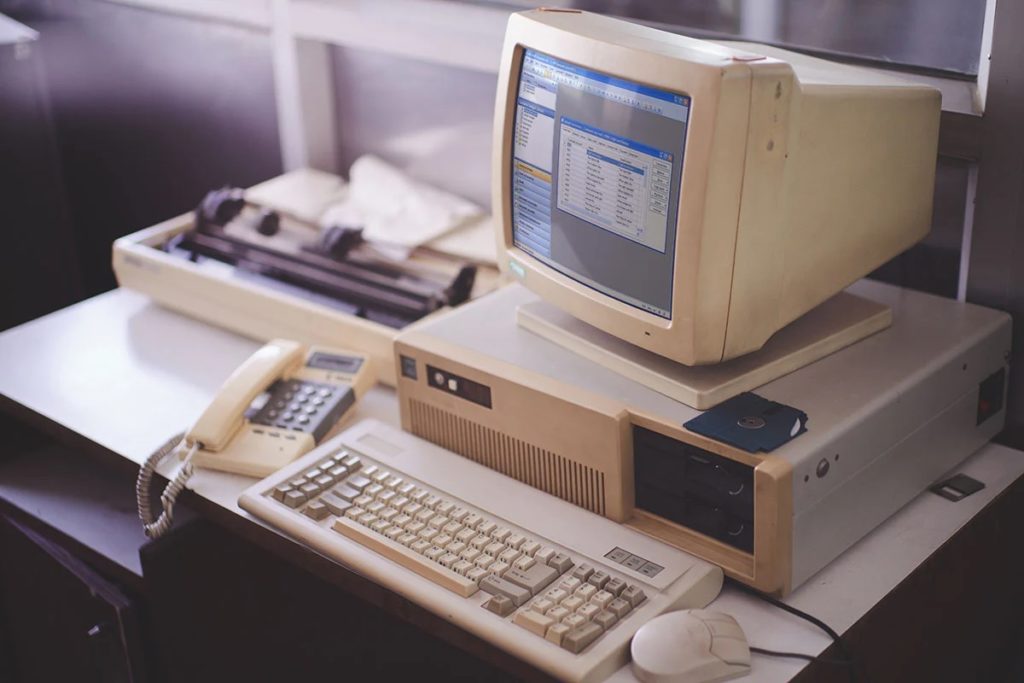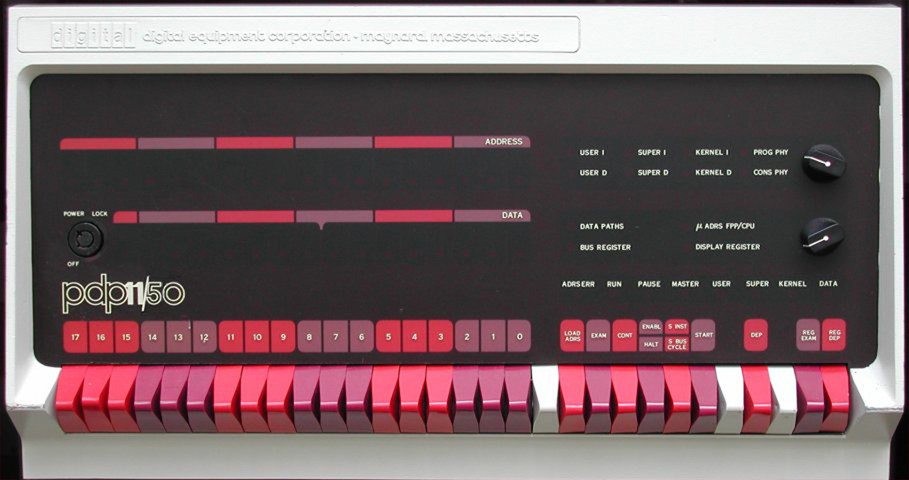

Many organisations rely on legacy systems that remain business-critical but are poorly documented, unsupported, or long out of active development. These systems often sit at the heart of daily operations—quietly running until something breaks. When they do, few know how to fix them.
At Oso Consulting, we specialise in taking over and maintaining such systems—whether they’re written in assembly, early versions of C, COBOL, classic enterprise platforms, or proprietary languages. From PDP-8 and IBM System/360 mainframes to Delphi, COBOL, .NET, Java, and beyond, we’ve worked across generations of technology. Our goal is simple: keep what works, understand what doesn’t, and help you plan for the future on your terms.
We provide structured, dependable support for legacy applications—regardless of their age, complexity, or level of documentation. Our work often begins with stabilising critical systems through targeted patches, performance improvements, and fault isolation, ensuring they can operate reliably in their current environment. We implement monitoring solutions tailored to older technologies, allowing issues to be detected and addressed before they escalate. Where appropriate, we assume full operational ownership, offering clearly defined support arrangements, service levels, and escalation paths. Whether the system runs on obsolete hardware, niche frameworks, or custom-built infrastructure, we treat it with the same rigour and attention as any modern platform. If it’s important to your organisation, it’s important to us—and we’ll ensure it keeps running safely and predictably for as long as you need it.
We break down and rebuild understanding of legacy systems—whether source code exists or not. This process involves auditing and analysing the codebase to understand its structure and behaviour, decompiling binaries where necessary to recover interpretable logic, and recreating functional equivalents when software must be rebuilt from the ground up. Along the way, we identify undocumented dependencies, data flows, and hidden failure points to ensure the system can be safely maintained, integrated, or modernised.
Legacy systems often sit at the intersection of operational risk, financial constraint, and strategic indecision. We help organisations make informed, confident choices about the future of their legacy estate. Whether you're preparing for a merger, undertaking a major digital transformation, or simply need to understand where your risks lie, we conduct in-depth technical due diligence on ageing platforms. This includes assessing code quality, architectural stability, licensing exposure, and long-term viability. We deliver clear, evidence-based recommendations—whether that means stabilising, integrating, replacing, or retiring the system. Our goal is to turn legacy uncertainty into a strategic asset you can manage, budget for, and build around.
We mitigate the operational and technical risks that come with ageing systems by building a structured foundation of knowledge, processes, and contingencies around them. This includes producing comprehensive technical documentation, reverse-engineered system maps, and detailed operational playbooks that capture not just how the system works, but how it behaves under real-world conditions. We define maintenance procedures, backup and recovery protocols, and incident response workflows tailored to the legacy system's constraints. Where no disaster recovery plan exists, we create one—from cold backups to live failover strategies—ensuring you’re never caught unprepared. The result is reduced reliance on specific individuals, a clearer understanding of the system’s role within your wider estate, and a resilient foundation for either long-term use or future migration.
When modernisation becomes necessary, we take a measured, strategic approach—never defaulting to a full rebuild unless it’s truly warranted. We begin by assessing the technical and operational landscape, identifying which components can be preserved, refactored, or retired. From there, we help you plan and execute phased migrations that minimise disruption and maintain service continuity. Whether that means replatforming core functions onto more stable infrastructure, containerising legacy applications for improved portability and scalability, or designing hybrid-cloud architectures that bridge old systems with new capabilities, we align every step with your risk profile, budget, and long-term goals. Throughout, we prioritise transparency, control, and incremental progress—ensuring modernisation adds value without introducing chaos.
We design and implement bridges between old and new, enabling legacy systems to operate seamlessly within modern digital environments. In healthcare, that might mean building HL7 or FHIR interfaces to connect with Electronic Patient Records (EPRs) or modern clinical platforms. In finance and critical infrastructure, it could involve developing secure APIs, messaging bridges, or protocol converters to link ageing systems with cloud-based services, customer portals, CRMs, ERP platforms, or data analytics tools. Whether it’s SOAP to REST, flat files to real-time event streams, or serial protocols to MQTT brokers, we specialise in making legacy systems interoperable, functional, and future-proof.
Legacy systems aren’t just lines of old code—they’re business-critical infrastructure, often built decades ago on platforms that few modern teams understand. At Oso Consulting, we do. Our team brings deep, hands-on experience across hundreds of obscure and highly specialised technologies, many long since forgotten by the broader industry but still vital to the organisations that depend on them.
We’ve worked on everything from PDP-8s and Cray supercomputers to Tandem NonStops and IBM mainframes. COBOL, FORTRAN, C, Pascal, MUMPS—you name it, we’ve supported, extended, and stabilised it. These aren’t foreign languages to us—they’re our everyday working environment.
Undocumented, fragile, or apparently “untouchable” systems don’t intimidate us. In fact, we thrive on them. We’re known for defining creative, pragmatic solutions that keep your systems reliable today while enabling them to integrate with tomorrow. Whether you need long-term stewardship, safe modernisation, or forensic-level understanding of an inherited platform, we’re the team that steps in when others step back.
We’re professional, highly experienced, and obsessed with quality—because we know just how much is riding on the systems you’ve trusted for years. Let us help you bring order, insight, and long-term stability to the software that still matters most.
Don’t hesitate to contact us